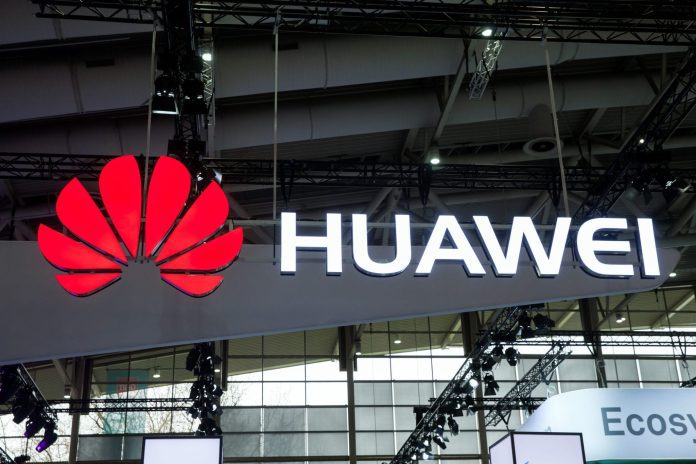5G technology will be available to 58% of the world’s population by 2025, which will create new business models, services and applications for customers and enterprises, according to Huawei’s Global Industry Vision (GIV) report.
GIV also predicts that by 2025, there will be 6.5 million 5G base stations deployed and 2.8 billion 5G users around the world.
“5G will be a vital factor in the widespread adoption of the Internet of Vehicles (IoV) and autonomous driving and will also spark fast growth in V2X applications, fleet management, and remote driving. 5G will also bring bright prospects for smart transport,” the Chinese vendor said.
A white paper on 5G use cases released by Huawei Wireless X Labs predicts that by 2022, the IoV market will be worth up to US$145 billion, and by 2025, there will be 200 million 5G-connected cars around the world.
“As vehicle-to-everything (V2x) technology enables ubiquitous connectivity between people, vehicles, and urban infrastructure, the transportation experience is set to become smarter, safer, and congestion-free. Intelligent analytics will crunch huge volumes of data to create a dynamic environment that can instantly calculate optimal routes, adjust traffic light timings, create virtual lanes for emergency response, and more,” the GIV report said.
Huawei’s report forecasts that 15% of the world’s vehicles will be equipped with C-V2X technology by 2025.
The study also highlighted that future 5G coverage and technologies including artificial intelligence (AI) will also expand the use of smart traffic lights and intelligent traffic control models globally.
Shenzhen, the city where Huawei’s headquarters are located, has trialed AI technology in nine major congestion areas, where junctions used to be frequently blocked during morning and evening rush hours. As a result, average vehicle speed has increased by 15%, saving drivers 10 minutes on average.
“As intelligent, connected vehicles become more common, vehicles will communicate with each other and with traffic lights, so traffic lights at critical intersections can be optimized faster speed, and drivers will be able to better plan their routes in real time,” the report concluded.
Huawei’s report also highlighted that intelligent traffic control solutions can help monitor and predict potential congestion by analyzing data from multiple sources in real time. Traffic police can prepare accordingly, before the event occurs, and temporarily re-route traffic as needed. Regulators can use the intelligent algorithms designed for complex traffic coordination problems to make real-time, dynamic arrangements for road usage and develop countermeasures for potential future issues that take the whole city’s traffic situation into account, according to the report.
“By fully utilizing 5G, connected intelligent cars, IoT, quantum computing, and other intelligent technologies, a ‘healthy’ intelligent transport system can help ease the lives of busy urban residents, reduce travel costs and travel time, and boost efficiency across the city. ‘Green-light journeys’ will be standard much sooner than you would imagine, because of highly-automated, intelligent, user-friendly city infrastructure,” Huawei’s GIV report said.
Huawei also said that the deployment of 5G and other technologies will allow the creation of virtual emergency lanes, which will be critical to health and safety.
“In the future, emergency responses will be handled by a combination of both automatic and human systems, rather than by human operators alone. Self-driving technologies and connected cars enabled by 5G will render physical emergency lanes unnecessary. Instead, road resources will be allocated on-demand, so that when an emergency occurs, first responder vehicles can be ensured free passage through the streets to save lives and protect the general safety,” the report said.

